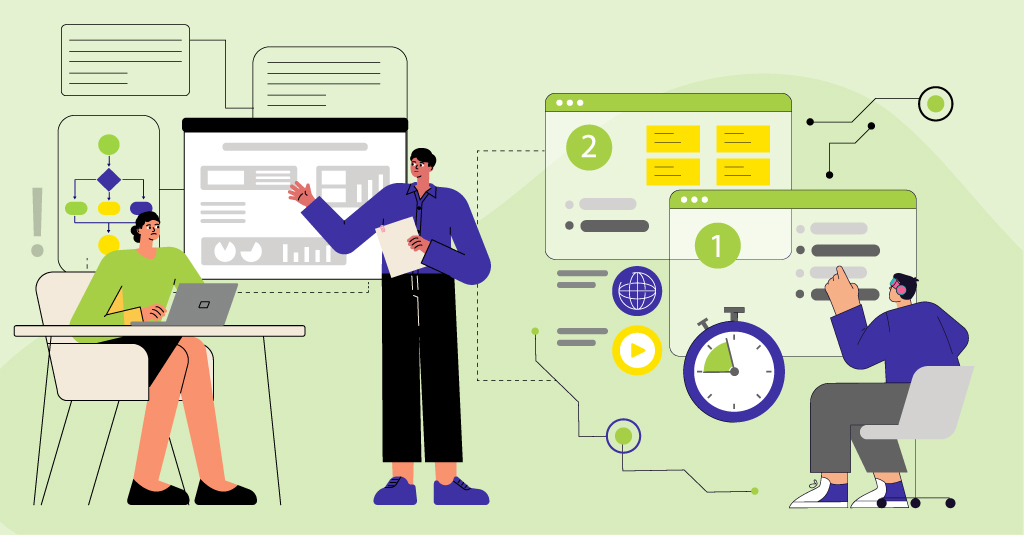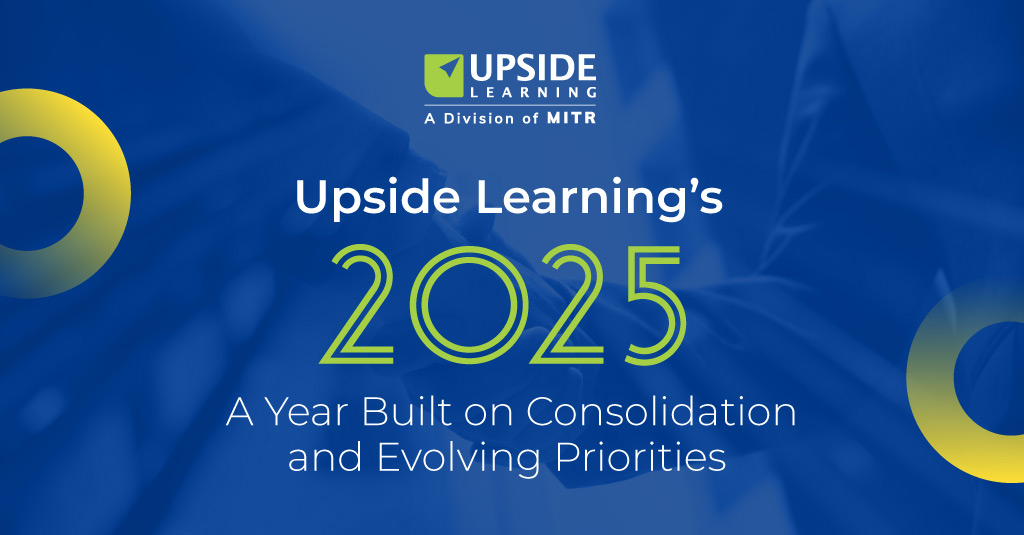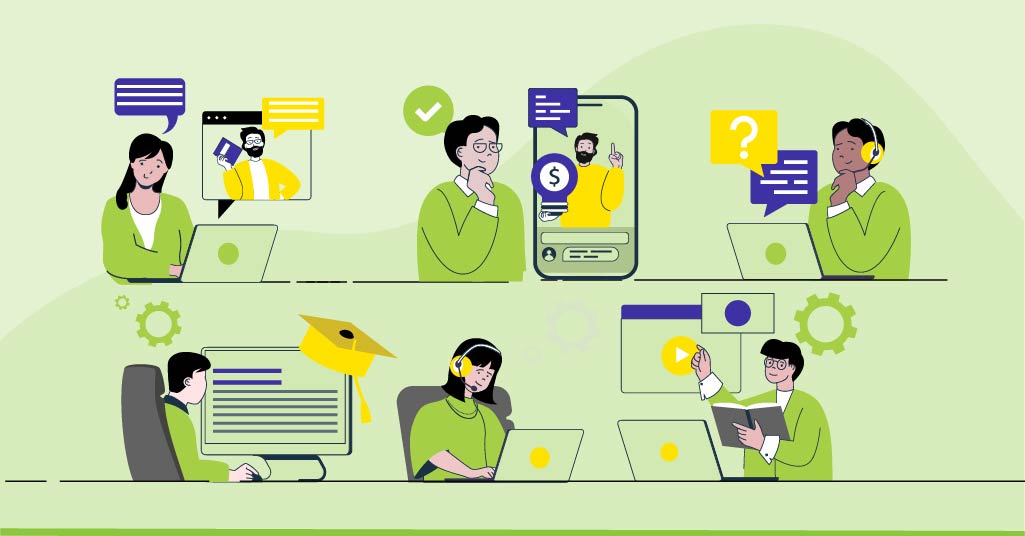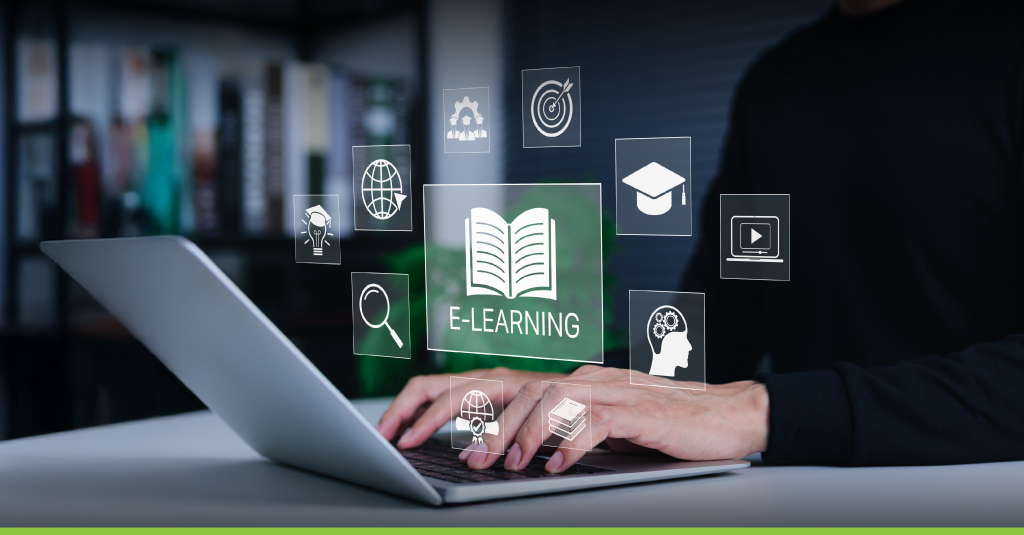Picture yourself onboarding a new hire in Tokyo, reskilling a team in Berlin, and rolling out compliance training to your São Paulo office, all with one tool that gets smarter with every button click. That’s not futuristic. It’s happening now.
This blog unpacks how custom eLearning solutions driven by learning analytics are moving beyond personalization to hyper-adaptivity, empowering global organizations to scale upskilling without sacrificing local nuance or learner autonomy.

What Is Hyper-Adaptive eLearning?
Hyper-adaptive eLearning is the evolution of personalized learning. It continuously adjusts content, pacing, format, and difficulty based on learner data, think behavior, preferences, assessment performance, and engagement trends.
It’s not just about knowing your learner. It’s about responding to them in real time.
The AI in modern learning platforms is built to enable that adaptivity at scale, combining components like Gagné’s 9 Events and Bloom’s Taxonomy, while scaffolding the content dynamically for each learner based on their stage of mastery.

Why Traditional eLearning Isn’t Enough for Global Teams
Corporate training has long favored “one-size-fits-all” courses. But when you’re managing teams across time zones and cultures, that model breaks.
Common breakdowns include:
-
Language barriers and cultural mismatches
-
Generic scenarios that reduce relevance
-
Flat content delivery that misses engagement triggers
-
Lack of behavioral data to inform redesign
Research by Deloitte confirms that adaptive learning improves retention and skill application, especially in multi-regional settings.

How Hyper-Personalized eLearning Works
Let’s break down the mechanics behind custom eLearning solutions that adapt in real time:
-
Data-Driven Personas: Learning platforms aggregate learner profiles using role, performance data, skill assessments, and even device usage.
-
Micro-Adaptive Content: Lessons are tailored to each encounter, providing supplementary examples, just-in-time advice, or omitted material if mastery is demonstrated.
-
Learning Analytics Dashboards: For ongoing development, L&D teams are able to see learning routes, engagement rates, and areas of friction.
-
AI-Powered Decisioning: Machine learning-powered content branching engines guarantee that the appropriate learning items show up at the appropriate time.
These methods, which automate content branching, modify modules depending on learner behavior, and use real-time data to improve learning routes, are currently supported by many top LMSs and LXPs. The outcome? Greater rates of training completion, improved retention of information, and more pertinent educational opportunities.

Real-World Example: Adaptive Compliance Training at a Global Bank
A global financial firm implemented adaptive compliance training for 80,000 employees across 40 countries. Using real-time analytics and cultural variants, they saw:
-
30% reduction in seat time
-
45% increase in scenario recall
-
Higher completion rates across low-engagement regions
The training mapped to Kirkpatrick Level 3 (Behavior Change) and used spaced reinforcement nudges post-training, boosting knowledge retention while aligning with business goals.

What to Watch Out For
Even adaptive platforms have pitfalls. Here’s what to avoid:
-
Over-personalization: Learners may miss critical concepts if content paths are too narrow.
-
Bias in data inputs: Ensure diverse datasets to prevent reinforcing inequities.
-
Lack of instructor visibility: Design with human-in-the-loop options for facilitation or mentorship.

Final Takeaways: Where to Begin with Custom Adaptive Learning
To begin utilizing hyper-adaptive eLearning within your company:
Audit your content: Determine which areas might most benefit from branching or personalizing in terms of learner engagement.
Pilot adaptive modules: Choose one team or function to test custom paths and analytics.
Layer in analytics: Use dashboards to track learner progress and fine-tune pathways.
Align to outcomes: Ascertain which regions, in terms of learner engagement, could profit most from branching or personalization.
Today’s learners seek efficiency, relevance, and agency. All three are provided by hyper-adaptive eLearning, which also assists L&D leaders in demonstrating effect at scale.
Ready to explore hyper-personalized eLearning solutions for your global team? Let’s talk about building adaptive modules that scale with purpose.

Hyper-Personalized eLearning in 2025
Personalized learning sets up initial paths based on user profiles. Adaptive learning continuously evolves those paths in real time based on behavior and performance.
Yes. Platforms using AI and modular content structures can localize experiences without duplicating entire courses.
Employ learning analytics that are in line with Kirkpatrick’s Model to monitor changes in behavior, knowledge acquisition, and business effect.
Absolutely. They guarantee mastery and boost interest without taking up excessive amounts of seat time.
Over-customization can isolate learners. Maintain core learning objectives across variants.
Manufacturing, technology, healthcare, and finance, particularly in areas where product knowledge or rules change often.
It informs real-time content branching and helps L&D teams iterate based on drop-off points or confusion markers.
Bloom’s for aligning results, Gagné for designing sequences, and SAM for rapid iteration.
Yes, provided that it is created with WCAG standards and consideration for various content types (text, visual, and audio).
No. Many LMS platforms now offer adaptive capabilities as add-ons or within subscription tiers.



















